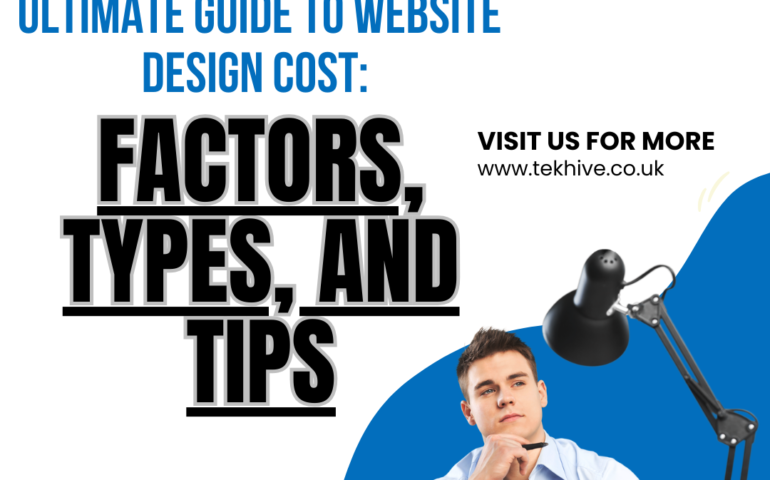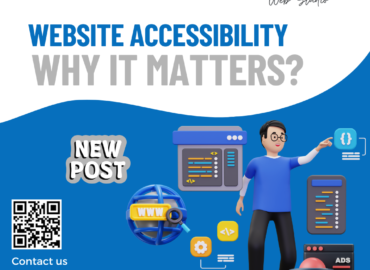
Website Design Cost

Understanding the cost of website design is crucial for businesses and individuals looking to establish a strong online presence. Whether you’re launching a new website or considering a redesign, this guide will break down the various factors that influence pricing and provide insights into making informed decisions.
Factors Influencing Website Design Costs
1. Complexity of Design
The complexity of your website design significantly impacts cost. Basic websites with straightforward layouts and minimal custom graphics are more affordable than complex e-commerce platforms or sites requiring intricate animations and interactive elements.
2. Functionality and Features
The functionalities and features you want on your website, such as e-commerce capabilities, customer portals, or booking systems, add to development costs. Each feature requires specific coding and integration, contributing to overall expenses.
3. Customization Requirements
Custom designs tailored to your brand aesthetics and user experience goals often incur higher costs. This includes unique templates, color schemes, and typography choices that reflect your brand identity.
4. Content Management Systems (CMS)
The choice of CMS, like WordPress, Drupal, or custom-built solutions, affects pricing. Popular CMS platforms offer cost-effective templates and plugins, while custom CMS solutions require more extensive development and maintenance budgets.
Average Costs for Different Types of Websites
1. Simple Business Website
A basic business website typically costs between $1,000 to $10,000, depending on design complexity and features like contact forms and image galleries.
2. E-commerce Website
E-commerce websites range from $5,000 to $50,000 or more, depending on the number of products, payment integrations, and security features required.
3. Corporate Website
Corporate websites, designed for larger companies needing extensive content and robust functionalities, can cost between $10,000 to $100,000, including custom features and advanced security measures.
4. Portfolio or Creative Websites
Websites showcasing portfolios or creative work, requiring unique visual elements and seamless navigation, generally cost between $2,000 to $20,000.
Tips to Optimize Your Website Design Investment
1. Define Clear Goals and Requirements
Outline specific goals for your website, such as increasing sales, enhancing brand visibility, or improving user experience. Clear objectives help designers tailor solutions that align with your business needs.
2. Prioritize User Experience (UX)
Invest in intuitive navigation, responsive design, and fast loading times to enhance user experience. A well-optimized website not only attracts visitors but also improves conversion rates.
3. Consider Long-Term Maintenance Costs
Factor in ongoing maintenance, hosting, and security costs when budgeting for your website. Regular updates and security patches ensure your site remains functional and secure.
4. Request Detailed Quotes and Compare

Request itemized quotes from multiple web design agencies or freelancers. Compare services, portfolios, and client testimonials to find a provider that offers value within your budget.
Be Knowledgeable About Website Design Cost
Navigating website design costs involves understanding the complexities of design, functionality requirements, and long-term maintenance. By prioritizing user experience, setting clear goals, and obtaining detailed quotes, you can make informed decisions that maximize your investment in building a successful online presence.
If you want to read more information about how to boost your website traffic, just visit –> TekHive





